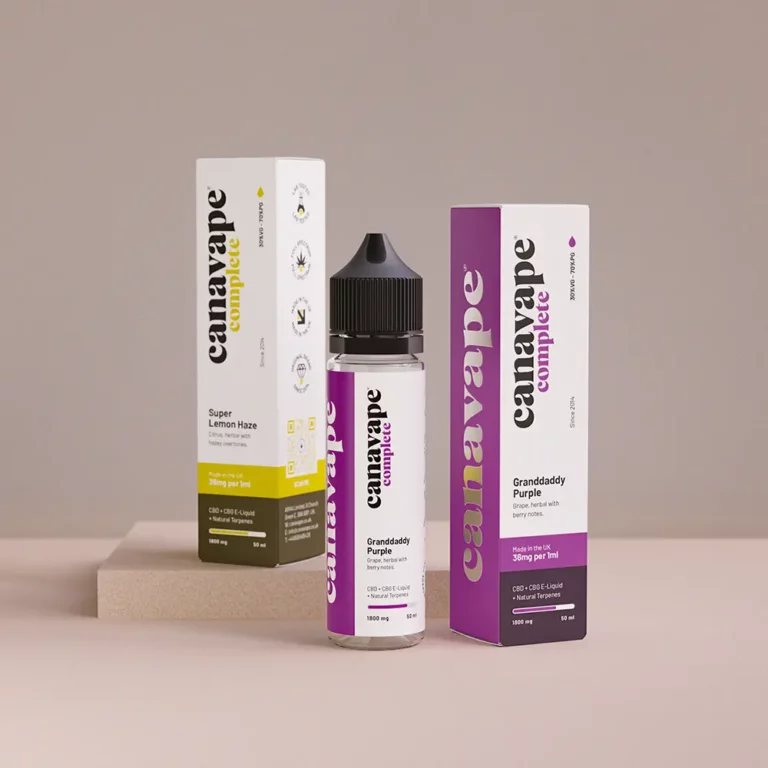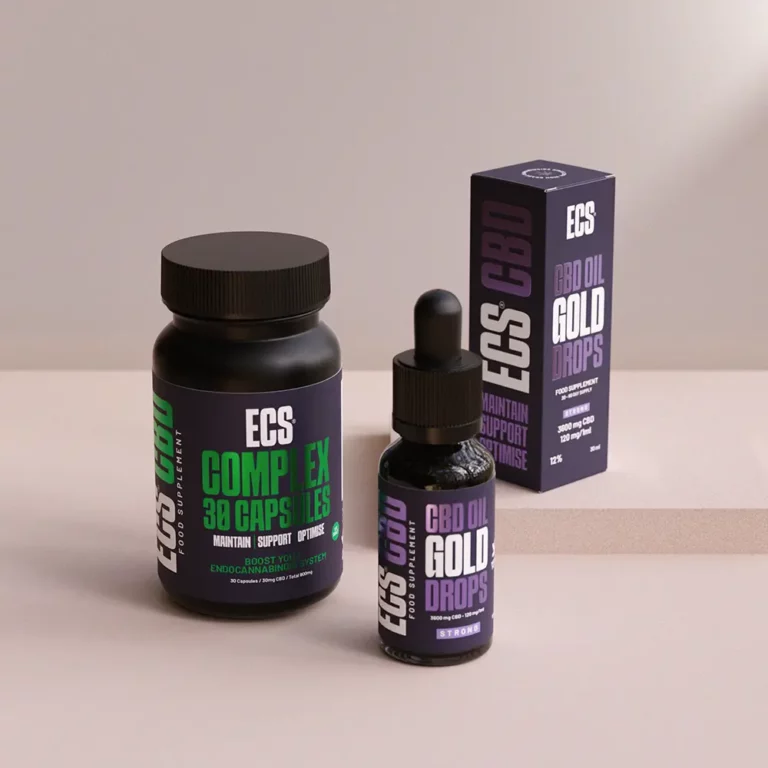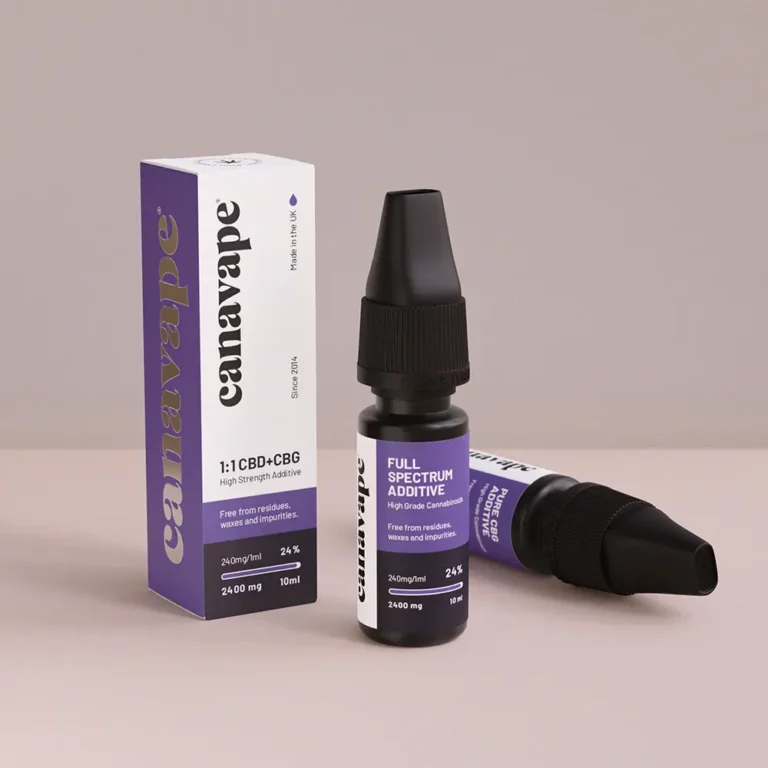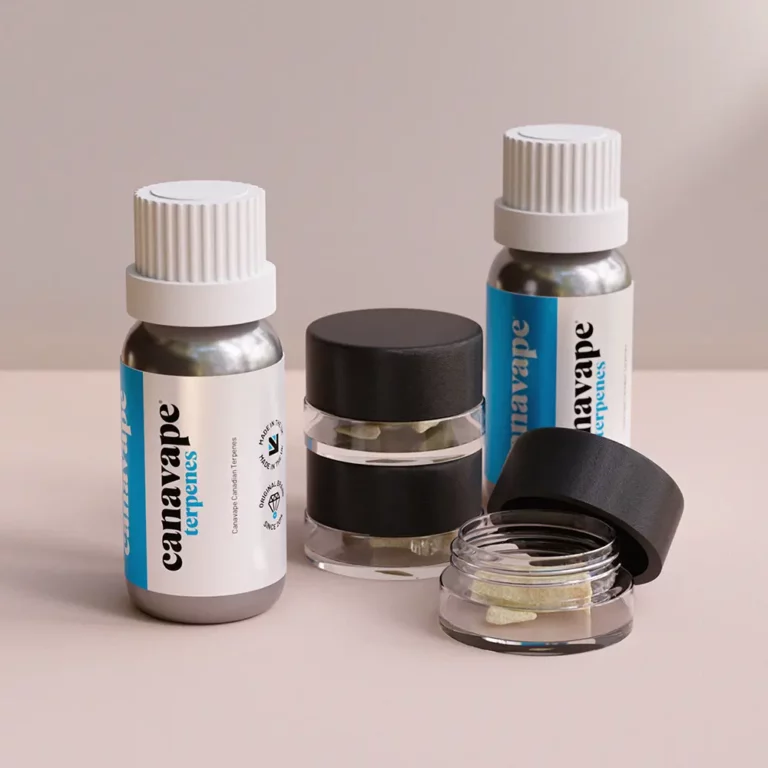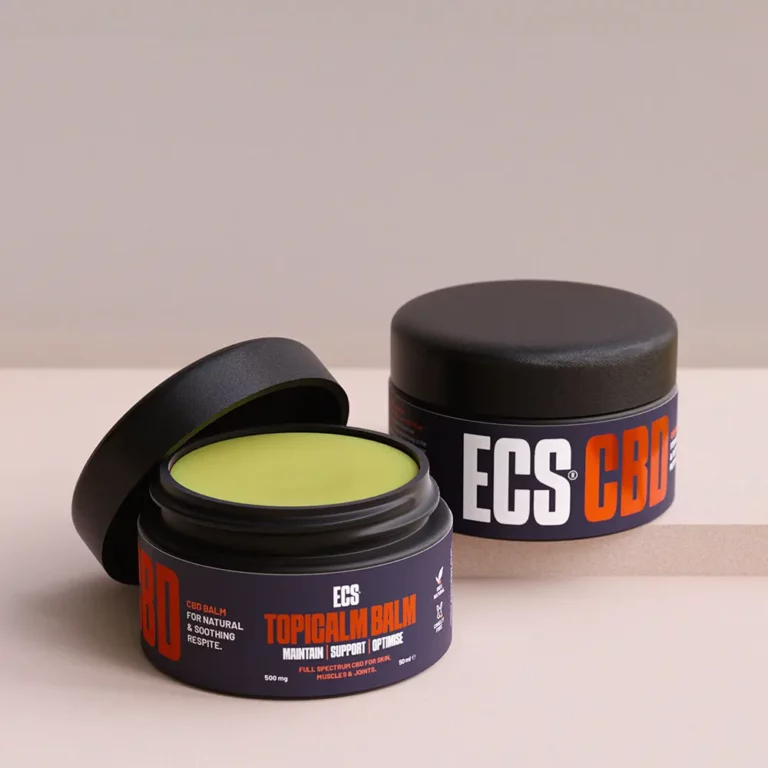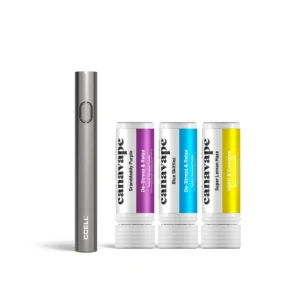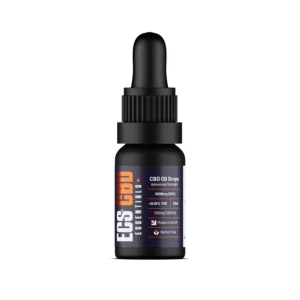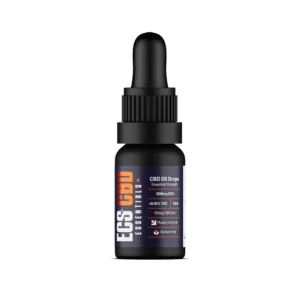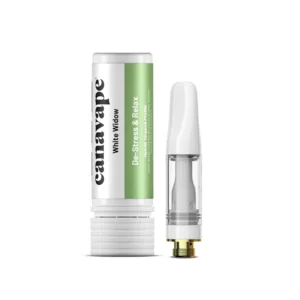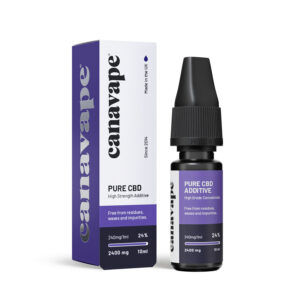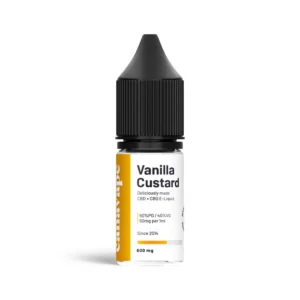Autism, also known as Autism Spectrum Disorder (ASD), is a complex developmental condition that affects communication, social interaction, and behavior. It is estimated that 1 in 54 children in the United States is diagnosed with autism, making it a prevalent concern for families and healthcare professionals.
As the search for effective treatments continues, many parents and caregivers are exploring alternative options, including CBD oil. CBD, short for cannabidiol, is a natural compound derived from the cannabis plant. It is non-psychoactive, meaning it does not produce the “high” associated with marijuana.
While research on CBD oil’s effectiveness in treating autism is still in its early stages, there is growing interest and anecdotal evidence suggesting potential benefits. Some parents have reported improvements in their children’s behavior, communication, and overall quality of life after incorporating CBD oil into their treatment plans.
It is important to note that CBD oil is not a cure for autism, and its effects may vary from person to person. However, several factors contribute to the potential therapeutic properties of CBD oil for individuals with autism:
- Endocannabinoid System Regulation: CBD interacts with the body’s endocannabinoid system, which plays a crucial role in regulating various physiological processes, including mood, sleep, and immune function. Some researchers believe that CBD may help restore balance to the endocannabinoid system, which could potentially alleviate certain symptoms associated with autism.
- Anxiety and Aggression Reduction: Many individuals with autism experience heightened levels of anxiety and aggression. CBD has been studied for its potential anti-anxiety and calming effects, which may help individuals with autism manage these challenging behaviors.
- Improved Sleep Patterns: Sleep disturbances are common among individuals with autism. CBD has shown promise in promoting better sleep quality and addressing insomnia, which could positively impact the overall well-being of individuals with autism and their families.
- Attention and Focus Enhancement: Some individuals with autism struggle with attention and focus, making it difficult to engage in daily activities and learning. CBD’s potential ability to enhance focus and concentration may offer benefits for individuals with autism in improving their cognitive abilities.
It is crucial to consult with a healthcare professional before considering CBD oil as a treatment option for autism. They can provide personalized guidance, take into account any potential drug interactions, and help determine the appropriate dosage for an individual’s specific needs.
In conclusion, while research on CBD oil’s effectiveness in treating autism is ongoing, there is growing interest and anecdotal evidence suggesting potential benefits. CBD’s interaction with the endocannabinoid system, its potential anti-anxiety and calming effects, improvement in sleep patterns, and attention and focus enhancement are some of the key principles that make it an intriguing option for individuals with autism. However, it is essential to approach CBD oil as a complementary therapy and seek professional advice to ensure its safe and appropriate use within an individual’s overall treatment plan.

